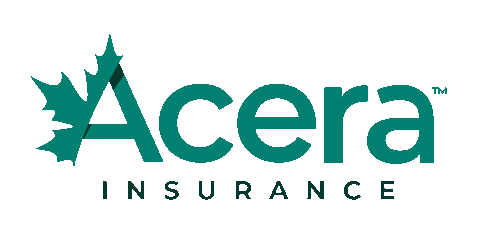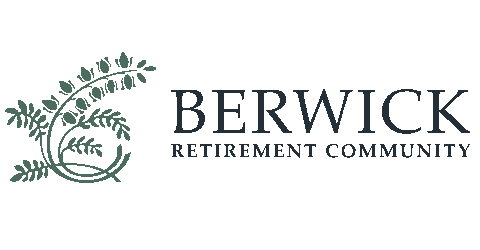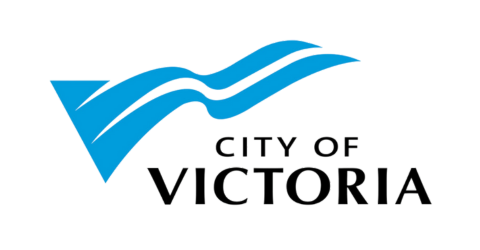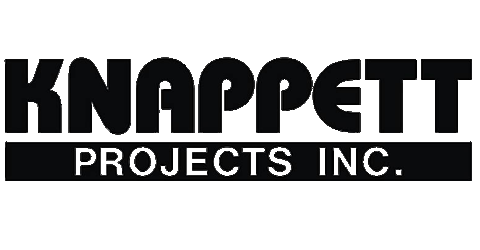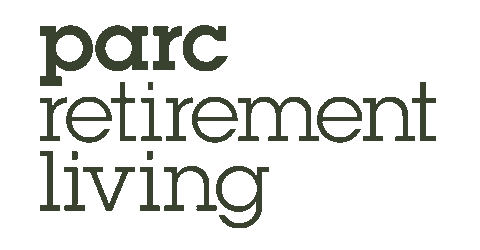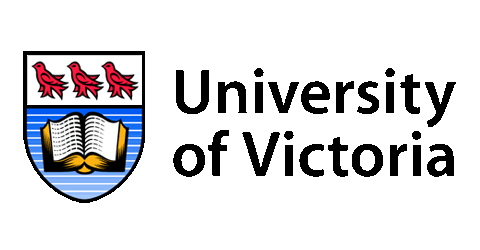Changes to involuntary care a small step on right path
The Chamber applauds efforts to improve the rules regarding involuntary care for people suffering from severe mental illness or addiction. When a human being is unable to seek help on their own, difficult decisions must be made to remove that person from situations that could cause harm to themselves or others.
After many years of calls for change, the provincial government announced this week it had introduced an amendment to the 40-year-old Mental Health Act. The change will better protect health-care workers against litigation when they have take action in good faith.
The Chamber and other groups continue to urge the province to increase access to immediate treatment.
“Where is the dignity in allowing someone to be left vulnerable on our streets because of an illness? The compassionate thing to do is help people who need help. Everyone knows this. Involuntary care is part of the solution, as is ensuring adequate space for people in need,” Chamber CEO John Wilson said. “Of course, the other side of this is stopping the flow of people with profound illnesses coming here because they can’t get help where they’re from. It’s overwhelming our community.”
The Chamber will continue to work with community partners to ensure:
- local governments adequately fund police and bylaw services
- The province increases access to treatment facilities for people in their own communities
- The federal government fixes laws to stop the small number of repeat offenders from victimizing vulnerable people on the street, and stealing from businesses or damaging property.

